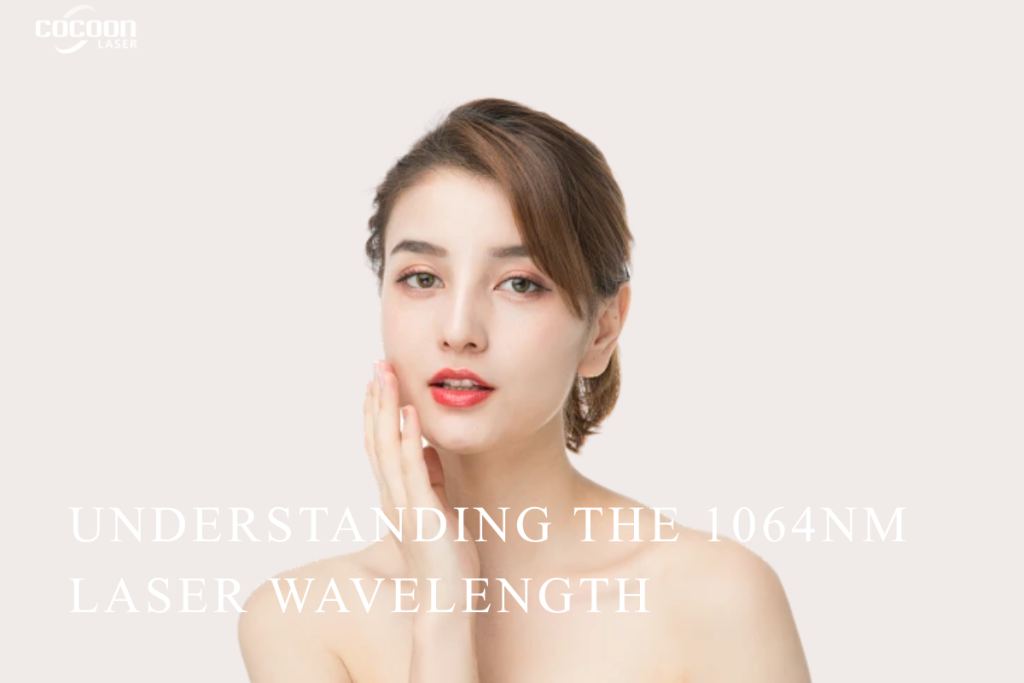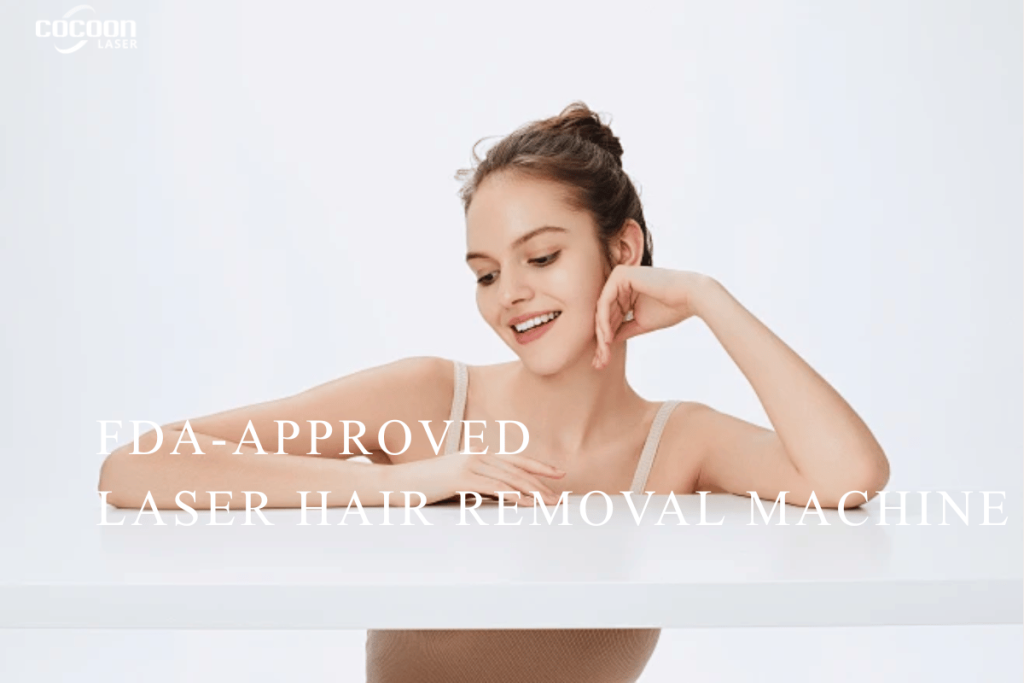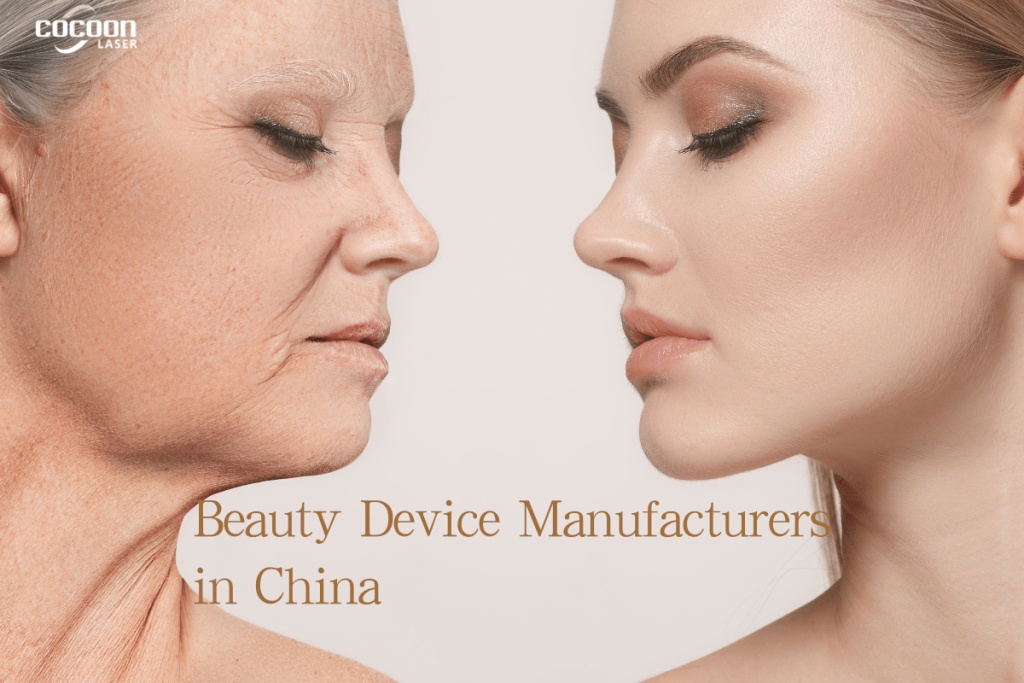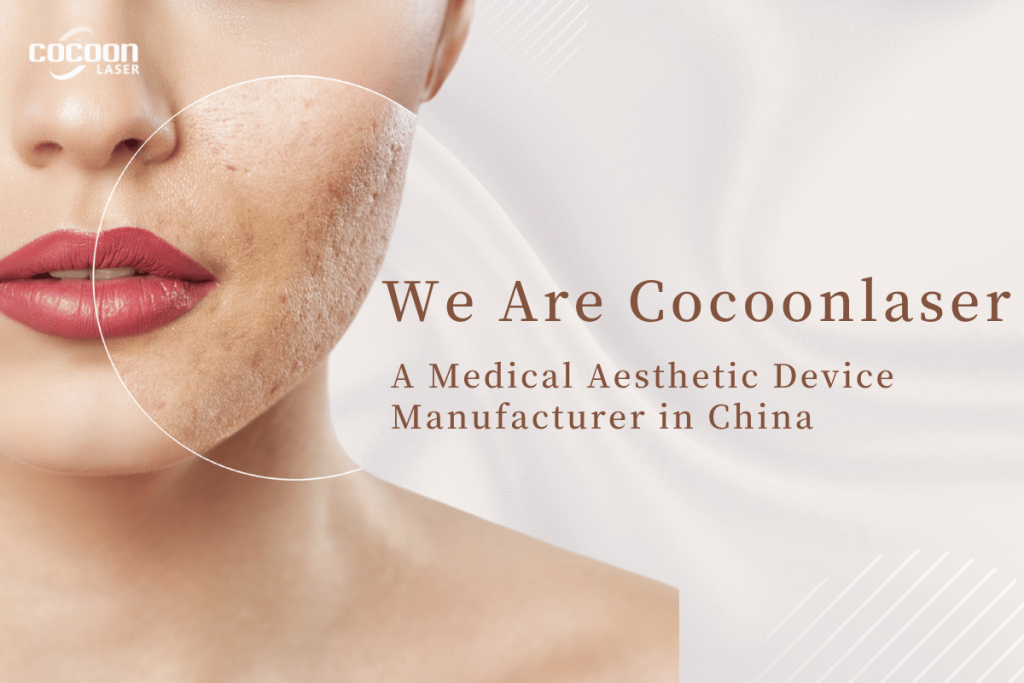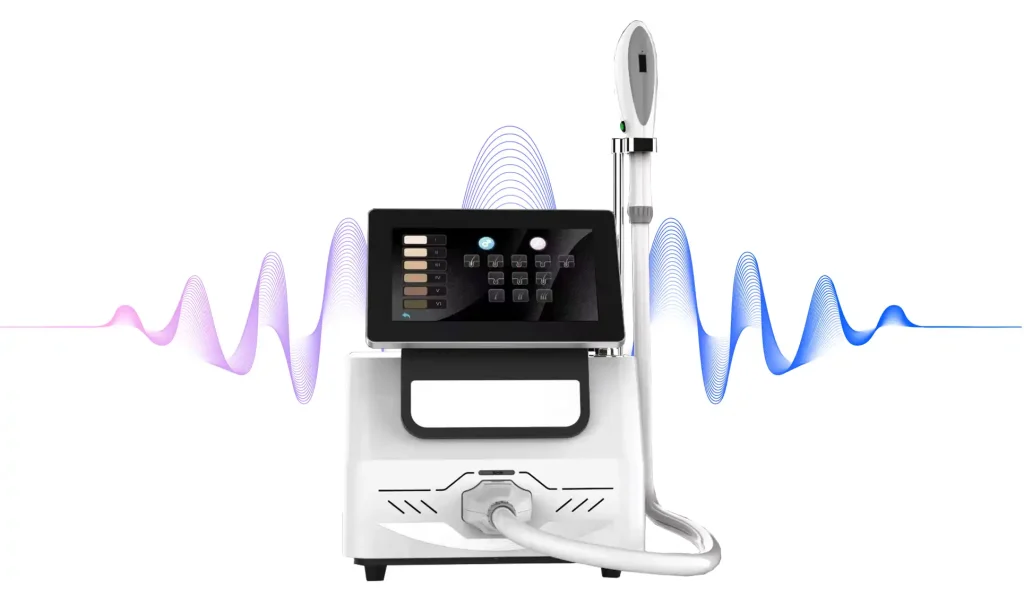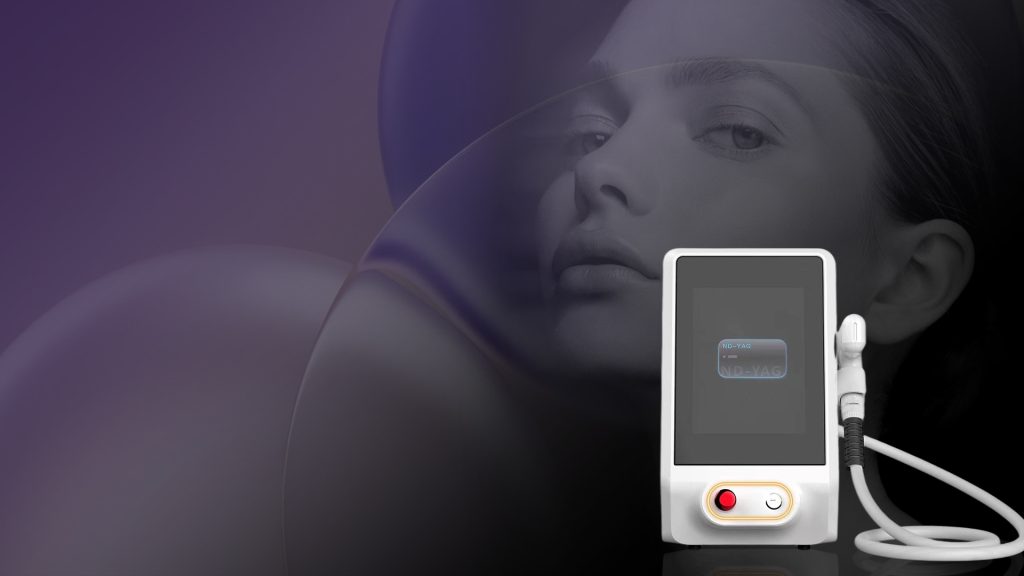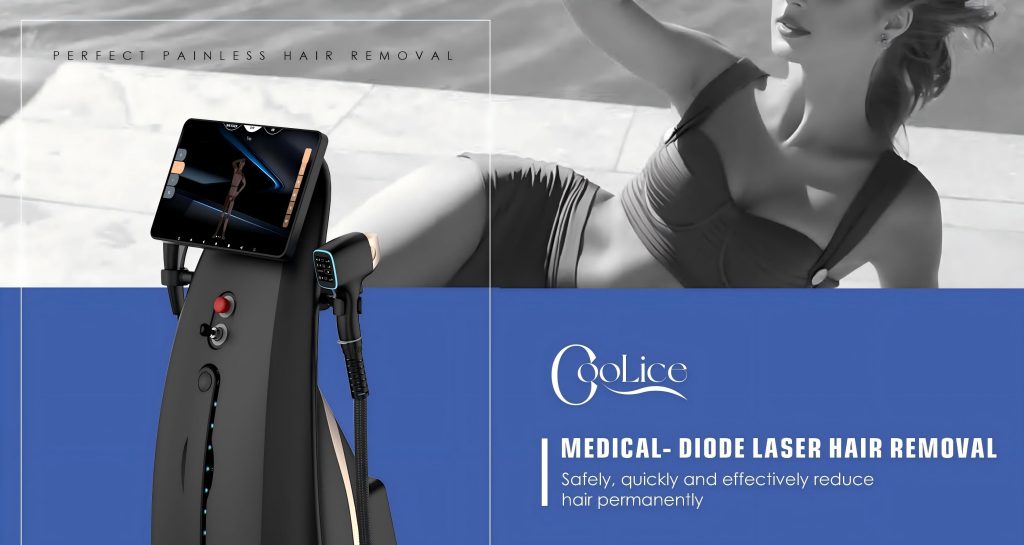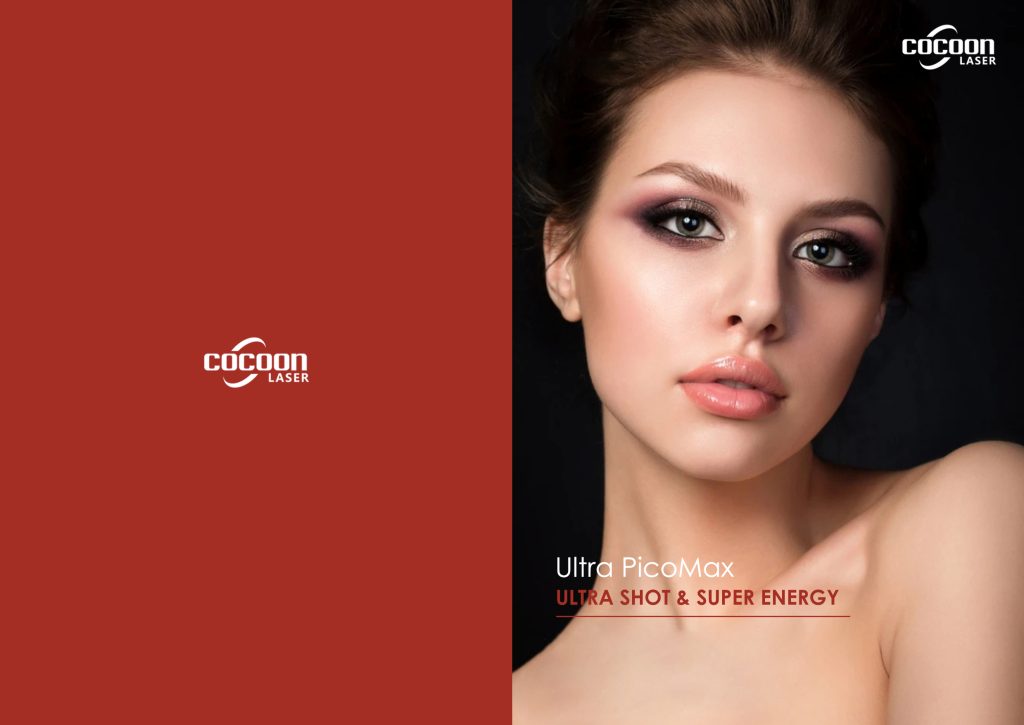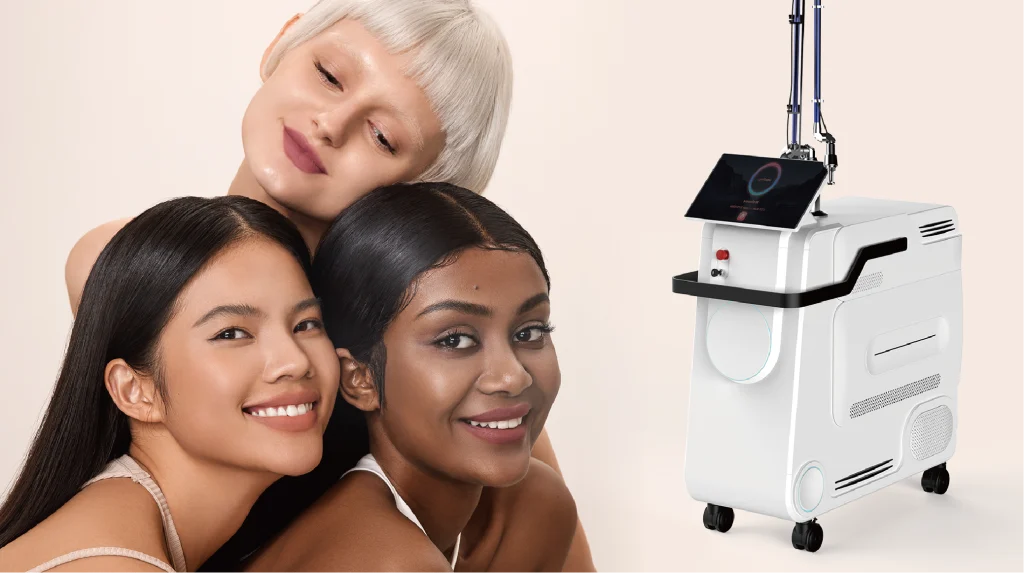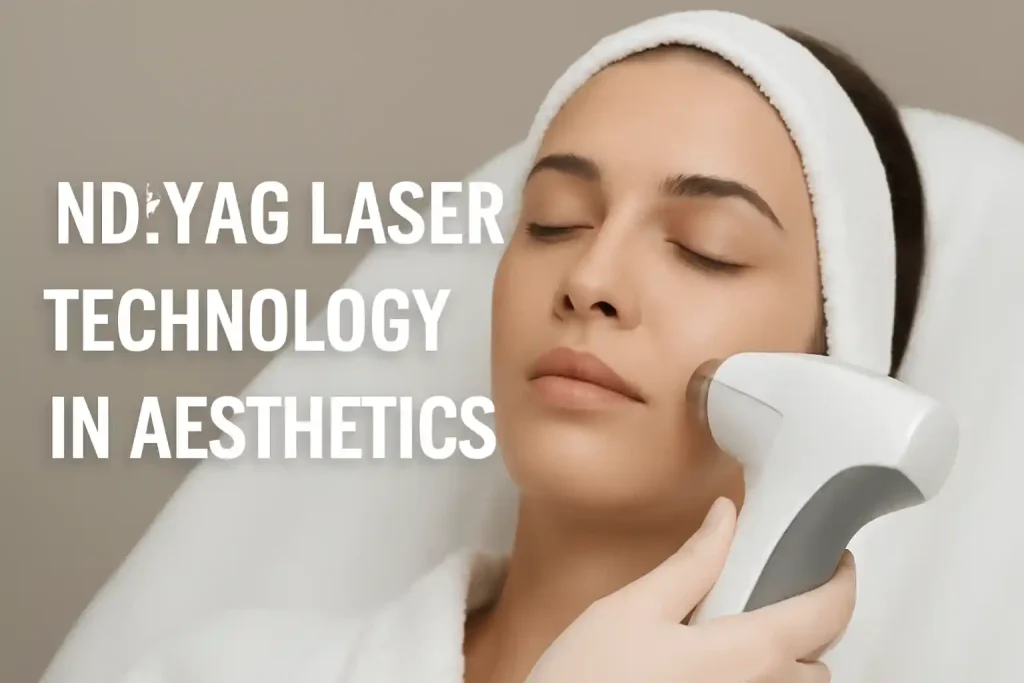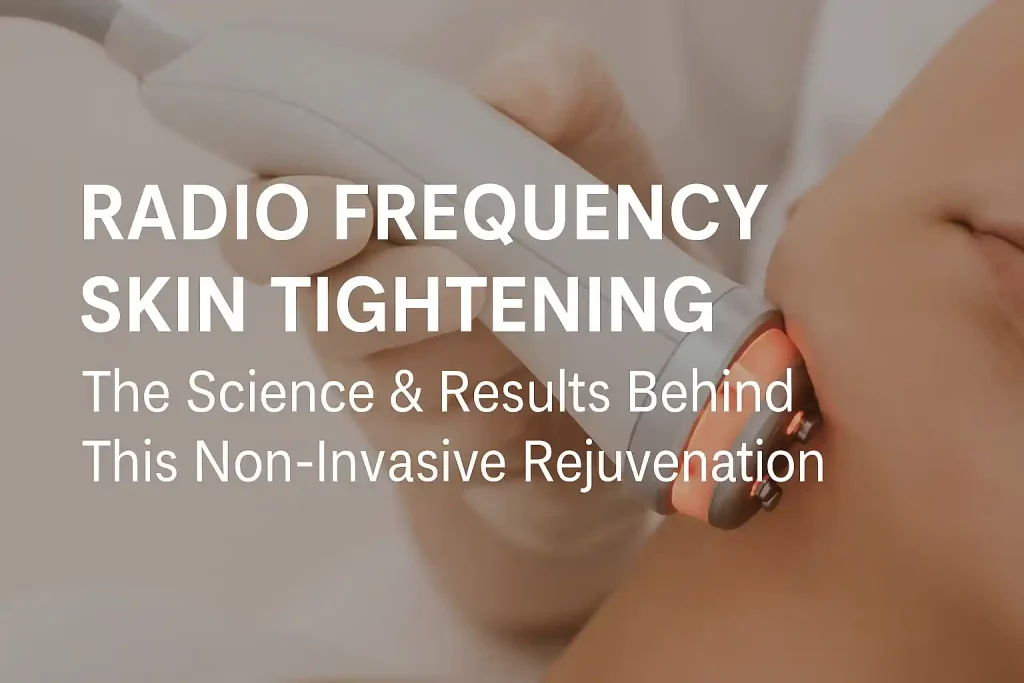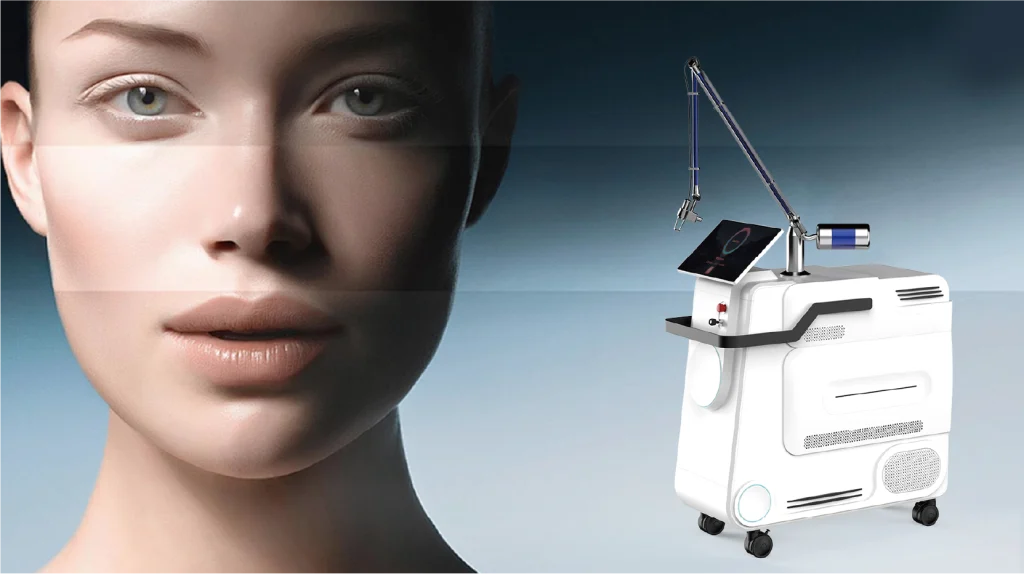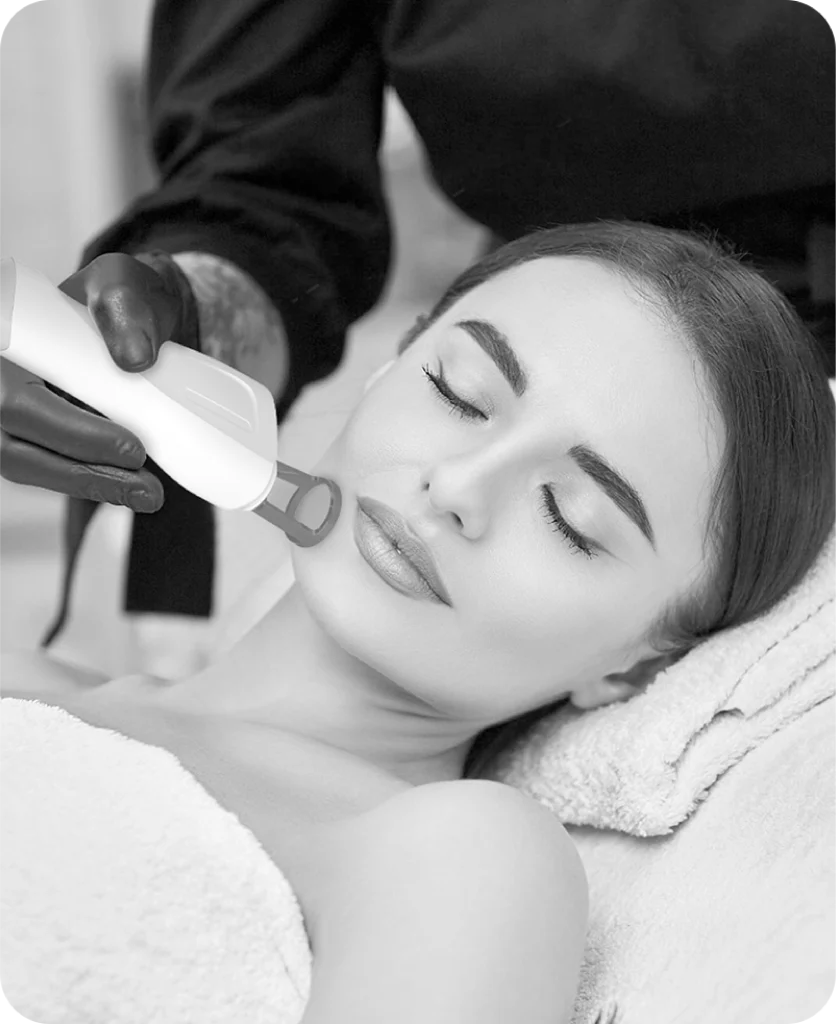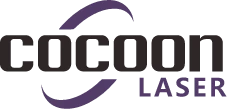How to Choose the Right HIFU Machine for Your Clinic in 2025-2026?
TL;DR (buyingin one minute): shortlist CE/FDA-cleared systems; verify transducer depths (1.5/3.0/4.5 mm), imaging & safety interlocks; check training, warranty & cartridge economics; audit the supplier (ISO 13485) and ask for third-party test reports before you pay. For an example of a modern tri-energy platform, see AI 360 HIFU (HIFU + RF + EMS) on Cocoon Laser’s site.
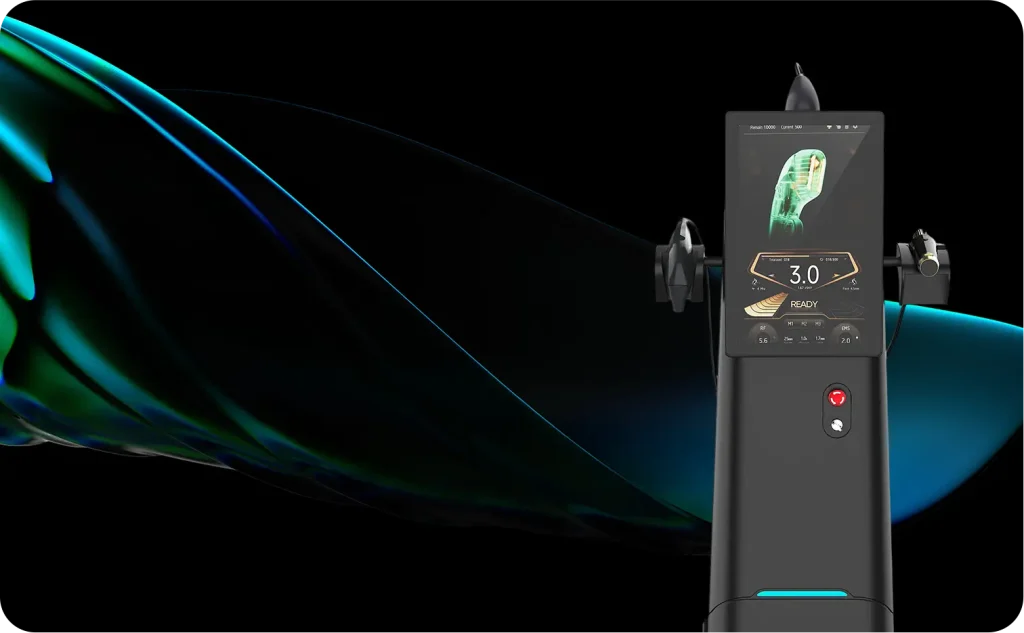
1) Start from clinical essentials (not marketing words)
For face and neck lifting, the most useful focal depths are 1.5, 3.0 and 4.5 mm because they target the superficial dermis, deep dermis and SMAS layer respectively—exactly where collagen remodeling and lifting matter. Multiple clinical and review papers describe these as the standard facial depths. MDPI+2jcadonline.com
Evidence keeps improving: randomized or quantitative studies show significant skin tightening and rejuvenation after treatment, especially when multiple depths are combined in a single session. PMC
Buyer take-away: Any device you consider should ship with at least 1.5/3.0/4.5 mm cartridges (or transducers) and protocols that stack these depths in one plan.
2) Check proof of safety & regulatory status
- In the US, the benchmark platform Ultherapy has FDA clearances for lifting the brow, under-chin and neck skin, and for improving lines on the décolleté. That’s why many tenders use it as a reference point for safety and indication language. Ultherapy
- Systematic reviews conclude HIFU is generally safe, with adverse events typically mild and transient (erythema, edema, tenderness). Training and correct parameters are key to avoiding nerve irritation.
Buyer take-away: Ask vendors for regulatory evidence matching your country (e.g., US 510(k), EU MDR CE, UKCA). If you’re purchasing from a HIFU supplier in China, request ISO 13485 certificates, CE files (DoC + Notified Body), and a copy of the IFU in English.
4) Consider combination tech only when it adds value
Emerging data suggests HIFU combined with radiofrequency can further improve global aesthetic improvement scores, provided protocols are well designed. If you’re evaluating a tri-energy platform (HIFU + RF + EMS), check that each energy is independently tunable and that there’s a medical rationale for the sequence.
Example to review: AI 360 HIFU integrates HIFU with RF and EMS and offers facial cartridges aligned with standard depths. Use it as a reference when you request demos.
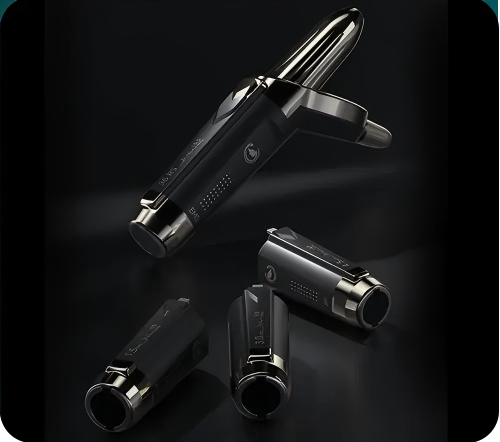
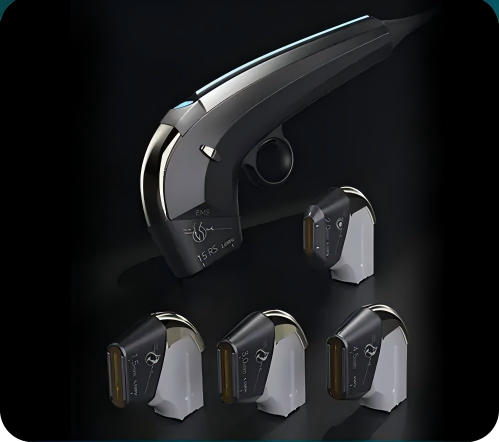
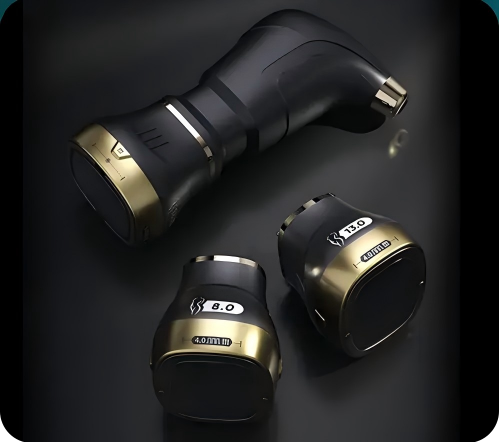
5) Total cost of ownership (the P&L you’ll actually feel)
- Per-treatment cost: cartridge cost ÷ guaranteed shots ÷ average lines per plan.
- Uptime: spare handpieces, on-site loaner policy, calibration schedule.
- Training & marketing: included proctoring, protocol library, consent forms, pre/post-care sheets.
- Service terms: 24–48 h remote support, parts & labor warranty (12–24 months), shipping responsibility.
6) Supplier due-diligence checklist (especially for a HIFU supplier in China)
- Paperwork: ISO 13485, CE/UKCA/510(k) as needed; test reports (EMC/IEC 60601).
- Factory audit (remote or on-site): QA flow, incoming inspection, cartridge calibration logs.
- Clinical support: SOPs for different Fitzpatrick types, nerve-safety maps, complication management.
- After-sales: spare parts stock in your region, software update policy, logbook of fixes.
- Third-party validation: at least one independent clinic willing to let you observe a full treatment day.
- Contract: escrow or LC for first order, acceptance on passed QC + live demo, defined DOA replacement.
7) Spec sheet you can copy into your RFP
- Indications: non-invasive lifting/tightening of face/neck; fine-line improvement (per IFU).
- Transducers: 1.5 / 3.0 / 4.5 mm (mandatory); optional body depths as applicable.
- Frequency bands: higher MHz for shallow (1.5 mm), lower MHz for deep (4.5 mm).
- Guidance: real-time imaging or validated targeting aid. jcadonline.com
- Safety: coupling detection, shot lockout on poor contact, thermal management, IFU-defined contraindications.
- Regulatory: current certificate numbers + IFU version and language.
8) Market context for your business plan
Market analysts estimate the global HIFU market around USD 1.3 B in 2024 with steady growth to 2030, while the broader non-surgical skin-tightening market is also expanding quickly—patient demand and tech maturity are both favorable. Use these ranges as directionally correct for your clinic’s forecast.
9) Shortlist example & demo plan
- Shortlist 2–3 systems that meet the RFP above.
- Book live demos with one mid-face laxity patient and one jawline patient; require the vendor’s trainer to treat per IFU while your team observes grid placement, energy, lines and pain control.
- Score cards: patient comfort (0–10), physician handling, post-treatment erythema, and before/after images at 90 days.
Want a tri-energy reference build? Start here: AI 360 HIFU → https://www.cocoonlaser.com/products/ai-360-hifu
Final checklist before you buy a HIFU machine
- Clinical proof at 1.5/3.0/4.5 mm
- Regulatory certificate for your market
- Imaging or robust targeting guidance
- Clear warranty + cartridge economics
- Supplier audit passed (ISO 13485, MDR/510k docs)
- Two successful demos with your patients
FAQs
Q1. Is HIFU safe for all skin types?
HIFU is color-blind and generally safe for all Fitzpatrick types when parameters and mapping follow the IFU; most side effects are mild and temporary.
Q2. Do I need imaging?
Imaging (MFU-V) isn’t strictly required but improves targeting and customization by visualizing tissue thickness—useful for bony or thin areas.
Q3. How soon can patients see results?
Often some immediate tightening from coagulation-point contraction, with peak collagen remodeling at 8–12 weeks, consistent with the literature showing improvements after a single multi-depth session.

